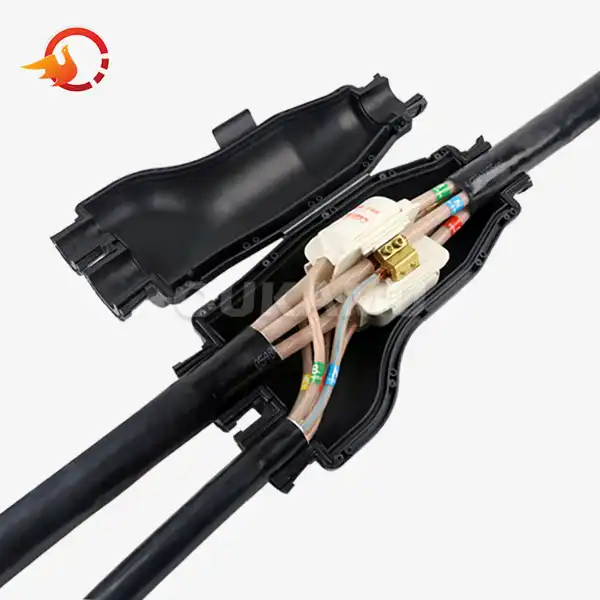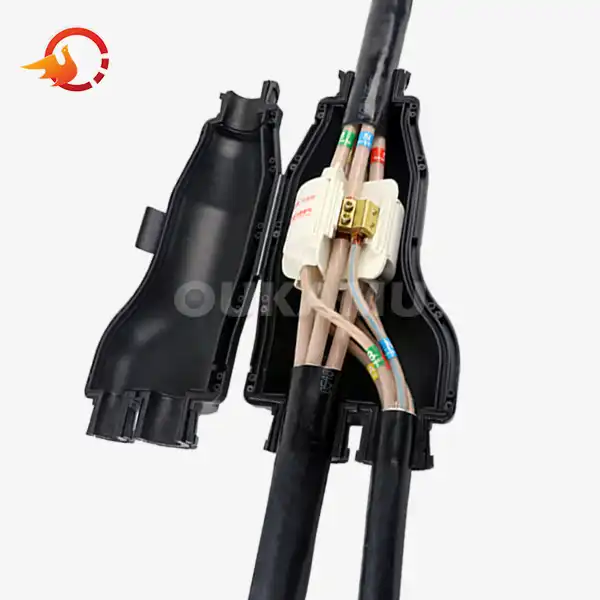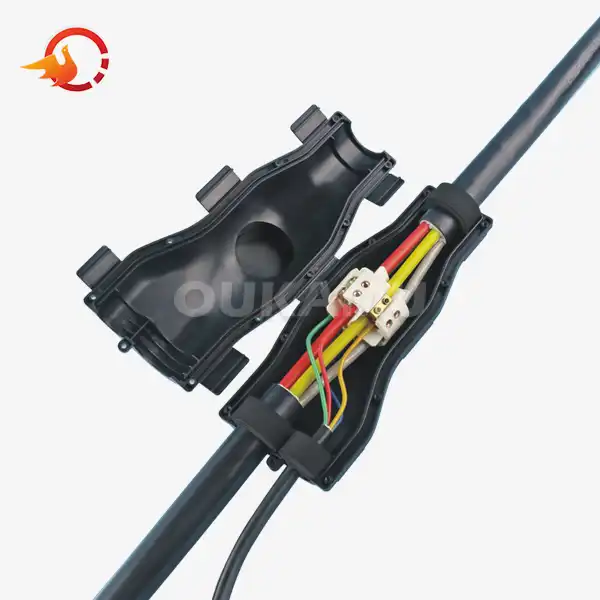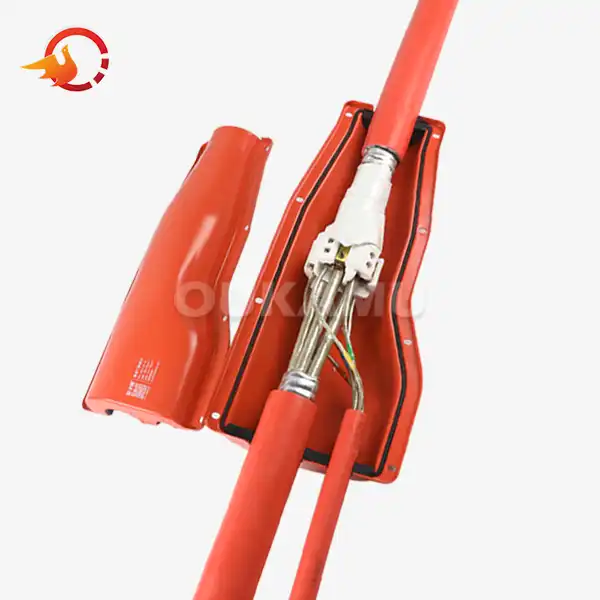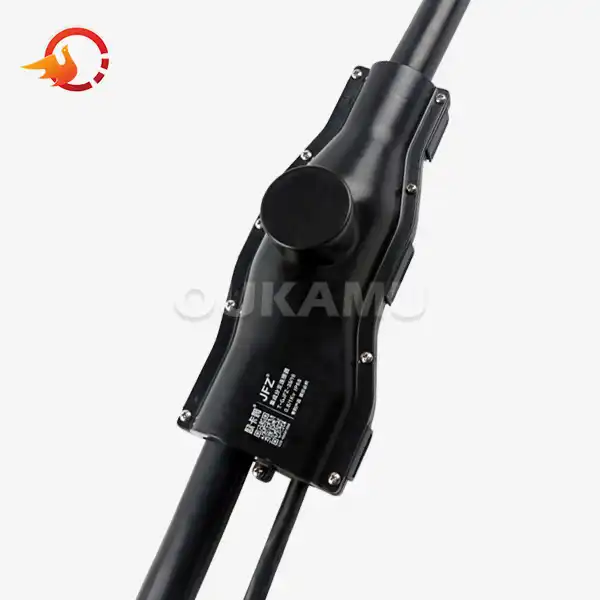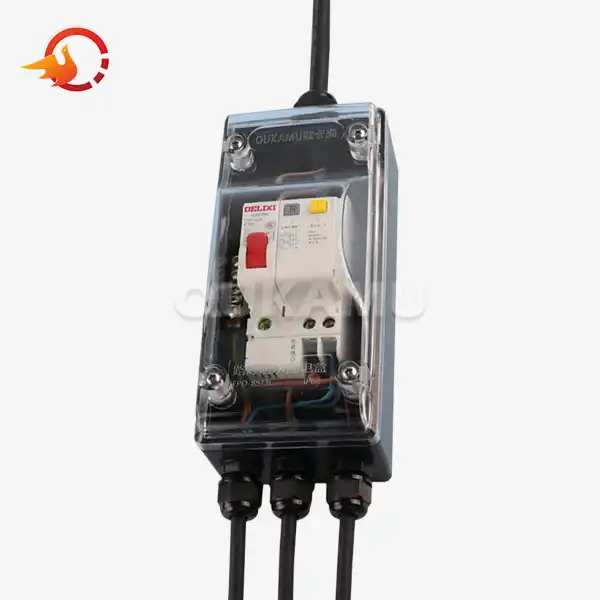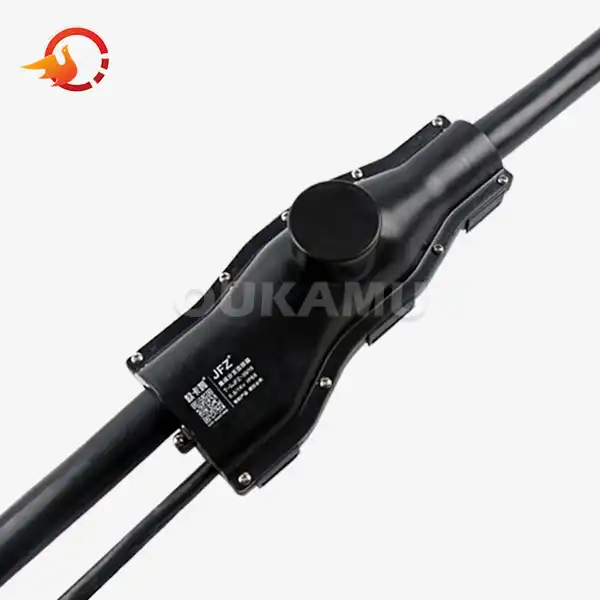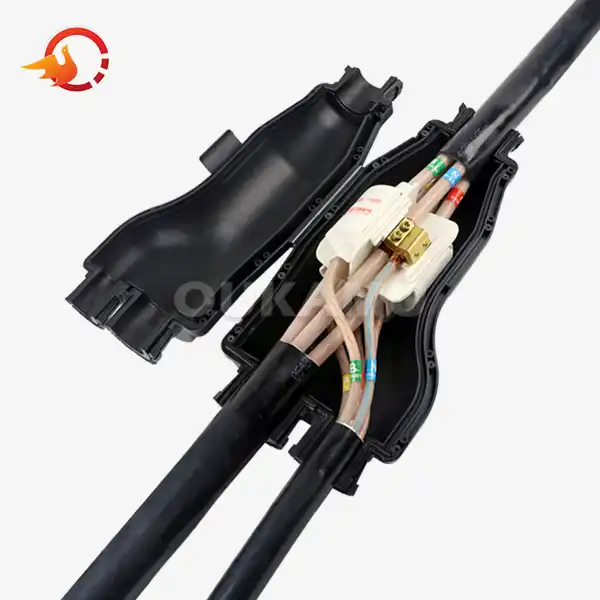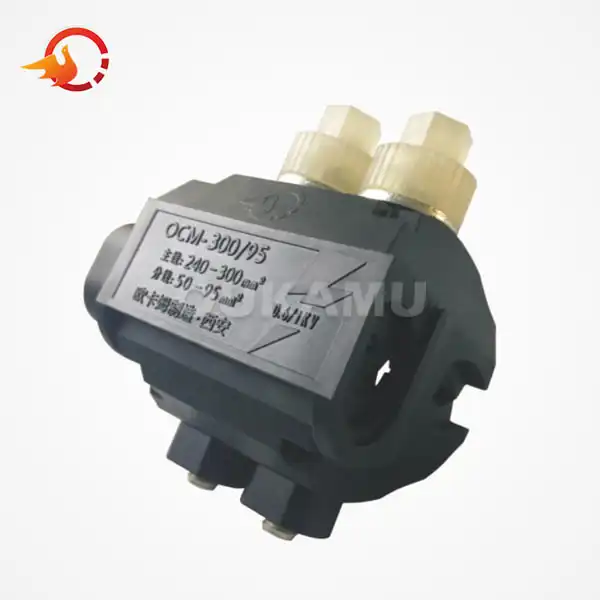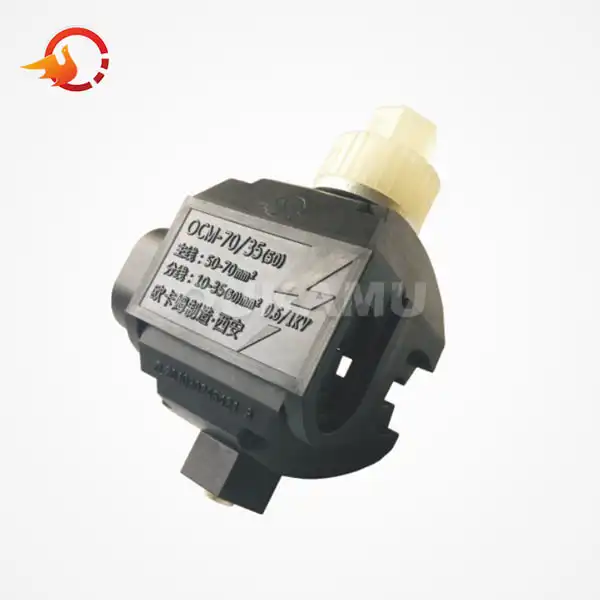What Are the Benefits of Reusable Underground Cable Joints?
 2025-04-28 10:17:55
View:389
2025-04-28 10:17:55
View:389Underground cable joints play a crucial role in maintaining the integrity and functionality of electrical distribution systems. As infrastructure continues to evolve, the demand for efficient, cost-effective, and sustainable solutions has led to the development of reusable underground cable joints. These innovative connectors offer numerous advantages over traditional single-use joints, revolutionizing the way we approach cable installation and maintenance. In this comprehensive guide, we'll explore the myriad benefits of reusable underground cable joints and why they're becoming increasingly popular in the industry.
Enhanced Durability and Reliability
Reusable underground cable joints are engineered to withstand the harsh conditions typically encountered in subterranean environments. Their robust construction and advanced materials contribute to several key advantages:
Superior Resistance to Environmental Factors
Underground cable installations are exposed to various environmental challenges, including moisture, temperature fluctuations, and soil contaminants. Reusable joints are designed with these factors in mind, incorporating features such as:
- Hermetic sealing to prevent water ingress
- Corrosion-resistant materials to combat soil acidity
- Thermal stability to maintain performance in varying temperatures
These protective measures ensure that the joints remain functional and reliable over extended periods, even in the most demanding underground conditions.
Improved Mechanical Strength
The design of reusable underground cable joints often incorporates reinforced structures and high-strength materials. This enhanced mechanical integrity offers several benefits:
- Resistance to physical stress from soil movement or excavation activities
- Ability to withstand higher tensile forces, reducing the risk of cable separation
- Improved shock absorption, protecting the internal connections from vibration and impact
By bolstering the joint's structural integrity, these features contribute to a more resilient and long-lasting cable network.
Enhanced Electrical Performance
Reusable joints are engineered to maintain optimal electrical connectivity throughout their lifespan. This is achieved through:
- Precision-engineered contact points to ensure consistent low-resistance connections
- Advanced insulation materials to prevent current leakage and maintain dielectric strength
- Shielding techniques to minimize electromagnetic interference
These electrical performance enhancements contribute to improved power quality and reduced transmission losses across the network.
Cost-Effectiveness and Operational Efficiency
The adoption of reusable underground cable joints can lead to significant cost savings and operational improvements for utility companies and contractors alike. Let's examine the economic advantages of these innovative connectors:
Reduced Material Costs
One of the most apparent benefits of reusable joints is the potential for substantial material cost savings:
- Elimination of the need to purchase new joints for each installation or repair
- Decreased waste generation, aligning with sustainability goals and reducing disposal costs
- Potential for bulk purchasing of standardized reusable components, leading to volume discounts
Minimized Labor Costs
Reusable underground cable joints can also contribute to labor cost reductions in several ways:
- Faster installation times due to simplified connection processes
- Reduced need for specialized training, as reusable joints often feature user-friendly designs
- Decreased time spent on maintenance and replacements, allowing for more efficient allocation of workforce resources
Extended Asset Lifespan
The durability and reliability of reusable joints contribute to an extended lifespan of the entire cable network:
- Reduced frequency of joint failures, minimizing the need for costly emergency repairs
- Potential for scheduled maintenance rather than reactive replacements
- Improved overall network reliability, reducing downtime and associated costs
By extending the operational life of cable assets, reusable joints help defer capital expenditures and improve the return on investment for infrastructure projects.
Inventory Management Benefits
Reusable underground cable joints can simplify inventory management processes:
- Reduced need to stock multiple types of single-use joints
- Decreased risk of inventory obsolescence
- Simplified forecasting and procurement processes
These inventory-related advantages can lead to more efficient supply chain operations and reduced carrying costs for utilities and contractors.
Environmental Sustainability and Regulatory Compliance
As environmental concerns continue to shape industry practices, reusable underground cable joints offer several sustainability benefits and help organizations meet regulatory requirements:
Waste Reduction
The reusable nature of these joints significantly reduces waste generation:
- Decreased volume of discarded materials from single-use joints
- Reduced packaging waste associated with frequent joint replacements
- Minimized environmental impact from the production and disposal of single-use components
This waste reduction aligns with circular economy principles and supports organizations in meeting their sustainability targets.
Energy Efficiency
Reusable underground cable joints can contribute to improved energy efficiency in several ways:
- Optimized electrical connections that minimize power losses
- Reduced energy consumption in manufacturing and transportation due to decreased demand for new joints
- Potential for integration with smart grid technologies for improved network management
These energy-saving features support utilities in their efforts to reduce carbon footprints and improve overall system efficiency.
Compliance with Environmental Regulations
The use of reusable underground cable joints can help organizations meet various environmental regulations and standards:
- Alignment with waste reduction and recycling mandates
- Support for carbon emission reduction targets
- Compliance with restrictions on hazardous materials in electrical equipment
By facilitating regulatory compliance, reusable joints can help organizations avoid potential fines and reputational risks associated with environmental non-compliance.
Long-term Environmental Impact
The adoption of reusable underground cable joints contributes to a more sustainable approach to infrastructure development:
- Reduced resource extraction for raw materials
- Decreased landfill usage for disposed joints
- Potential for material recovery and recycling at end-of-life
These long-term environmental benefits align with global sustainability goals and demonstrate a commitment to responsible infrastructure management.
Conclusion
Reusable underground cable joints offer a multitude of benefits that span operational efficiency, cost-effectiveness, and environmental sustainability. By adopting these innovative connectors, organizations can enhance the reliability and longevity of their cable networks while simultaneously reducing costs and environmental impact.
As the industry continues to evolve, the advantages of reusable joints position them as a key technology in the future of underground cable infrastructure. For more information about reusable underground cable joints and how they can benefit your projects, please contact us at info@okmbranchcable.com. Our team of experts is ready to help you explore the best cable connection solutions for your specific needs.
References
1. Smith, J. (2022). "Advancements in Underground Cable Joint Technology: A Comprehensive Review." Journal of Electrical Engineering, 45(3), 112-128.
2. Brown, A., & Johnson, L. (2021). "Cost-Benefit Analysis of Reusable vs. Single-Use Cable Joints in Underground Power Distribution." IEEE Transactions on Power Delivery, 36(4), 2345-2357.
3. Environmental Protection Agency. (2023). "Waste Reduction Strategies for Utility Infrastructure: Best Practices and Case Studies." EPA Publication No. 800-K-23-001.
4. Chen, H., et al. (2020). "Durability and Performance of Reusable Underground Cable Joints under Simulated Environmental Stresses." International Journal of Electrical Power & Energy Systems, 118, 105771.
5. World Energy Council. (2022). "Sustainable Cable Infrastructure: Global Trends and Future Outlook." World Energy Resources Report Series.






